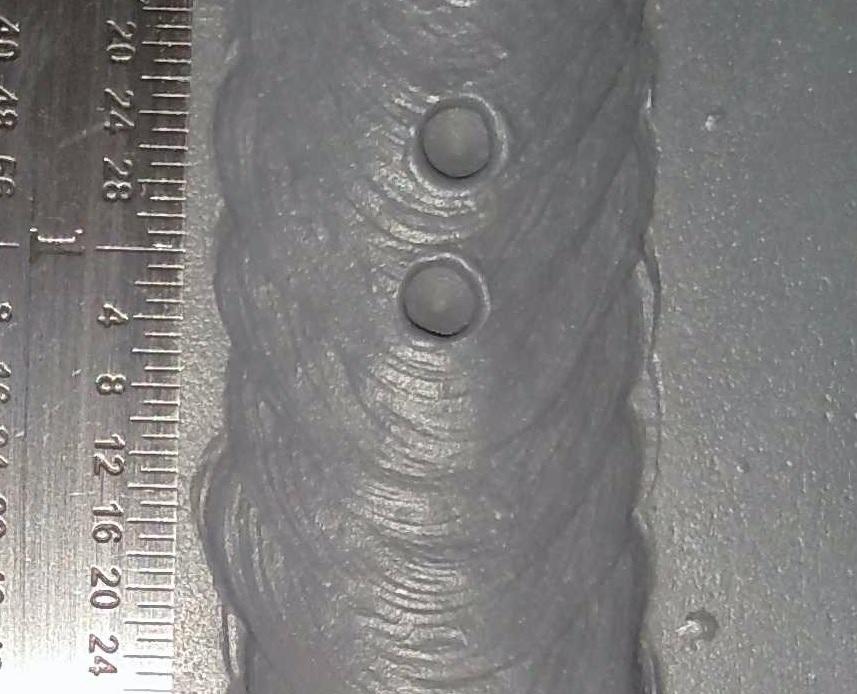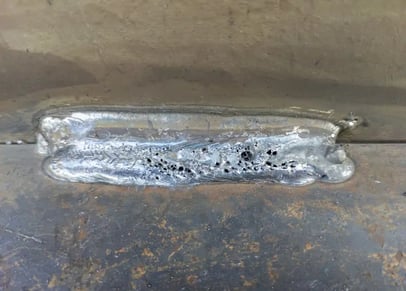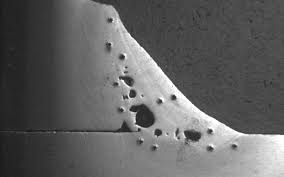Unraveling the Mystery of Porosity in Welding: Tips for Decreasing Flaws and Making Best Use Of Quality
In the elaborate globe of welding, porosity remains a relentless obstacle that can dramatically affect the quality and stability of welded joints. Recognizing the elements that add to porosity formation is essential in the search of remarkable welds. By deciphering the enigma of porosity and executing efficient techniques for defect reduction, welders can raise the standards of their job to attain premium quality end results. As we delve right into the depths of porosity in welding, revealing the keys to its prevention and control will be extremely important for specialists seeking to grasp the art of high-quality weldments.
Comprehending Porosity in Welding
Porosity in welding, a typical problem run into by welders, refers to the presence of gas pockets or voids in the welded material, which can compromise the integrity and quality of the weld. These gas pockets are usually trapped throughout the welding process as a result of different aspects such as inappropriate protecting gas, infected base materials, or incorrect welding parameters. The formation of porosity can deteriorate the weld, making it vulnerable to cracking and rust, inevitably bring about structural failures.
By acknowledging the relevance of keeping proper gas shielding, ensuring the sanitation of base products, and enhancing welding setups, welders can significantly lower the possibility of porosity development. Generally, an extensive understanding of porosity in welding is essential for welders to create top quality and sturdy welds.

Usual Reasons For Porosity
When inspecting welding processes for possible top quality issues, comprehending the common causes of porosity is necessary for maintaining weld honesty and avoiding structural failings. Porosity, identified by the presence of cavities or gaps in the weld metal, can substantially endanger the mechanical residential or commercial properties of a welded joint.
Furthermore, welding at incorrect specifications, such as excessively high traveling speeds or currents, can produce excessive disturbance in the weld swimming pool, capturing gases and creating porosity. By dealing with these common causes via proper gas protecting, product preparation, and adherence to ideal welding parameters, welders can minimize porosity and boost the quality of their welds.
Strategies for Porosity Prevention
Executing efficient safety nets is vital in lessening the event of porosity in welding processes. One strategy for porosity prevention is making certain proper cleansing of the base steel prior to welding. Contaminants such as oil, grease, corrosion, and paint my latest blog post can result in porosity, so comprehensive cleansing utilizing ideal solvents or mechanical techniques is essential.

Utilizing premium filler materials and protecting gases that are ideal for the base steel and welding process can dramatically reduce the risk of porosity. Furthermore, preserving correct welding specifications, such as voltage, existing, take a trip rate, and gas circulation rate, is important for porosity avoidance.
Furthermore, utilizing correct welding techniques, such as maintaining a regular travel rate, electrode angle, and arc length, can help protect against porosity (What is Porosity). Adequate training of welders to guarantee they comply with finest techniques and quality control procedures is additionally crucial in lessening porosity flaws in welding

Finest Practices for High Quality Welds
Making sure adherence to industry standards and appropriate weld joint preparation are essential elements of accomplishing continually high-quality welds. In enhancement to these foundational actions, there are a number of best methods that welders can execute to even more improve the quality of their welds. One key technique is keeping appropriate sanitation in the welding location. Pollutants such as oil, grease, corrosion, and paint can adversely affect try here the quality of the weld, bring about flaws. Thoroughly cleaning up the workpiece and surrounding location before welding can aid reduce these concerns.
Another best method is to meticulously choose the appropriate welding specifications for the details products being signed up with. Correct parameter option makes certain ideal weld penetration, blend, and overall quality. Making use of premium welding consumables, such as electrodes and filler metals, can considerably influence the last weld top quality.
Importance of Porosity Control
Porosity control plays a crucial duty in ensuring the stability and quality of welding joints. Porosity, defined by the visibility of cavities or spaces within the weld steel, can substantially compromise the mechanical buildings and architectural honesty of the weld. Too much porosity damages the weld, making it a lot more at risk to splitting, rust, and total failing under operational lots.
Reliable porosity control is vital for keeping the preferred mechanical buildings, such as strength, ductility, and durability, of the welded joint. What is Porosity. By reducing porosity, welders can enhance the general high quality and reliability of the weld, ensuring that it meets the performance requirements of the designated application
In addition, porosity control is vital for achieving the desired visual look of the weld. Extreme porosity not just damages the weld however additionally takes away from its aesthetic appeal, which can be essential in industries where aesthetics are very important. Proper porosity control techniques, such as utilizing the proper protecting gas, regulating the welding specifications, and ensuring correct cleanliness of the base products, are important for generating premium welds with minimal problems.

Conclusion
In conclusion, porosity in welding is a typical flaw that can jeopardize the quality of the weld. It is vital to control porosity in welding to guarantee the click over here now stability and toughness of the final product.
Comments on “Just how to Identify What is Porosity in Welding and Improve Your Method”